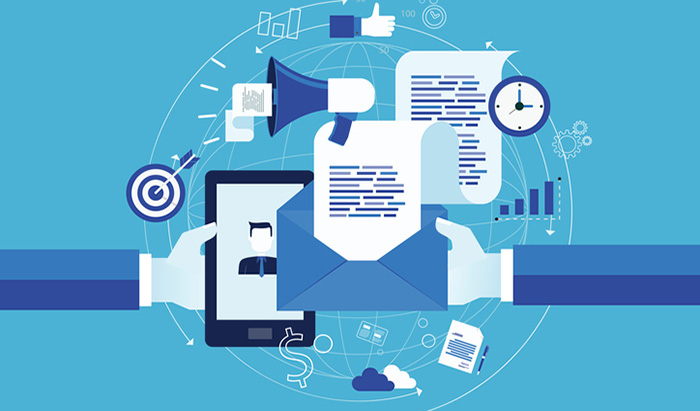Emotional appeals in copywriting leverage the power of human feelings to create persuasive and compelling messages that resonate with the audience on a deeper level. Advanced techniques in this realm can elevate the effectiveness of your copy by strategically invoking emotions to drive action and foster a strong connection with your brand. To master these techniques, it’s crucial to understand both the psychology behind emotional appeals and the optimal timing for their application.
One advanced technique is the use of storytelling. Humans are inherently drawn to stories because they provide context, evoke empathy, and create a personal connection. Crafting a narrative around your brand or product allows you to illustrate how it solves a problem or enhances the customer’s life. For instance, a brand selling eco-friendly products might share a story about a customer’s journey toward a more sustainable lifestyle, highlighting the positive impact their purchase has on the environment. Storytelling engages the audience emotionally, making the message more memorable and relatable.
Another effective technique is social proof. Social proof taps into the human desire for validation from others, and when presented in a compelling manner, it can significantly influence decision-making. Advanced copywriting techniques involve showcasing testimonials, case studies, and endorsements from credible figures or satisfied customers. To enhance this technique, consider using multimedia elements such as video testimonials or before-and-after images. These elements add authenticity and create a stronger emotional impact, reinforcing the credibility of your claims.
Scarcity and urgency are also potent emotional appeals when used judiciously. By creating a sense of urgency or scarcity, you tap into the fear of missing out (FOMO), which can prompt immediate action. Advanced copywriting techniques involve not just stating that a product is limited or that an offer is expiring soon but also painting a vivid picture of the consequences of missing out. For example, instead of merely stating "Limited stock available," you could say, "Only 10 items left—don't miss out on the chance to transform your home with our exclusive design." This approach intensifies the emotional drive to act quickly.
Incorporating personalization into your copy is another sophisticated technique. Personalization goes beyond simply addressing the reader by name; it involves tailoring the content to address their specific needs, preferences, and past behaviors. By leveraging data and insights, you can craft messages that resonate more deeply with individual readers. For example, if you know a customer has previously purchased running shoes, a targeted email highlighting a new line of athletic wear and offering a personalized discount can create a stronger emotional connection and increase the likelihood of a repeat purchase.
Empathy is a cornerstone of effective emotional appeals. To utilize empathy in advanced copywriting, it’s essential to deeply understand your audience’s pain points, desires, and aspirations. By acknowledging these aspects in your copy, you demonstrate that you genuinely care about their needs. Advanced techniques include using language that reflects their feelings and providing solutions that address their specific concerns. For instance, a financial planning service might use empathetic language to acknowledge the stress of financial uncertainty and offer a tailored plan to alleviate those worries.
Creating a sense of belonging is another powerful emotional appeal. People have a fundamental need to feel part of a community or group. Advanced copywriting can tap into this by positioning your brand or product as a means to connect with like-minded individuals. Highlighting customer communities, user groups, or brand values that align with the audience’s identity can foster a sense of belonging. For example, a fitness brand might emphasize how their products are used by a supportive community of health enthusiasts, encouraging potential customers to join and be part of that group.
Visual storytelling and imagery play a crucial role in evoking emotions. Advanced copywriters use visuals not just to complement the text but to enhance the emotional message. High-quality images, infographics, and videos can convey emotions more effectively than words alone. For instance, a travel company might use stunning imagery of exotic destinations to evoke feelings of wanderlust and excitement, making the reader more inclined to book a trip.
When to use these advanced emotional appeals depends on various factors, including the stage of the customer journey, the nature of the product or service, and the overall marketing strategy. Here’s a breakdown of when these techniques can be most effective:
Awareness Stage: At the top of the funnel, when potential customers are just becoming aware of your brand, emotional appeals should focus on creating an initial connection and establishing brand identity. Techniques like storytelling, visual imagery, and creating a sense of belonging are particularly effective in capturing attention and sparking interest.
Consideration Stage: During this stage, potential customers are evaluating their options and seeking solutions. Emotional appeals here should focus on addressing their pain points and demonstrating empathy. Techniques such as social proof, personalization, and empathy-driven messaging can help build trust and differentiate your brand from competitors.
Decision Stage: As prospects are ready to make a purchase decision, advanced emotional appeals should emphasize urgency, scarcity, and the personal impact of the purchase. Techniques like scarcity and urgency, combined with strong calls to action, can drive conversions and encourage immediate action.
Post-Purchase Stage: After the purchase, emotional appeals can be used to foster loyalty and encourage repeat business. Techniques such as personalization, creating a sense of belonging, and engaging in post-purchase storytelling can enhance the customer experience and build long-term relationships.
In summary, advanced techniques for using emotional appeals in copywriting involve leveraging storytelling, social proof, scarcity, personalization, empathy, and visual elements to create a powerful emotional connection with the audience. By understanding when and how to apply these techniques throughout the customer journey, you can craft compelling messages that drive engagement, conversion, and loyalty. Emotional appeals, when used strategically, can transform ordinary copy into a persuasive force that resonates deeply with readers and compels them to take action.

%20(1).jpg)









 English (US) ·
English (US) ·